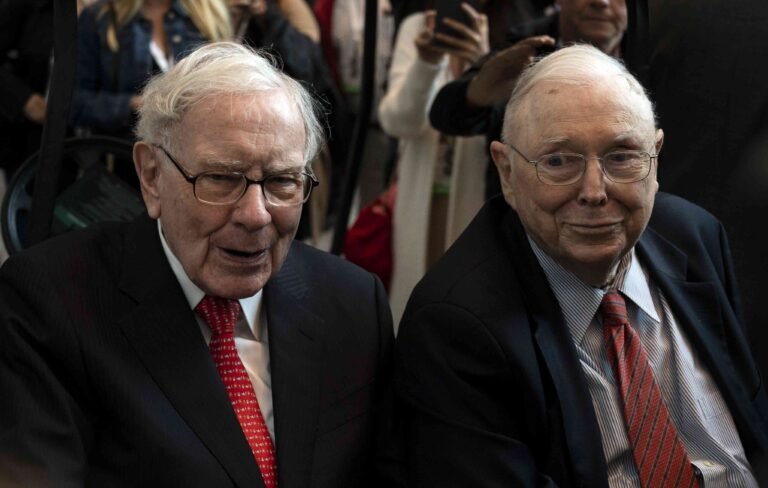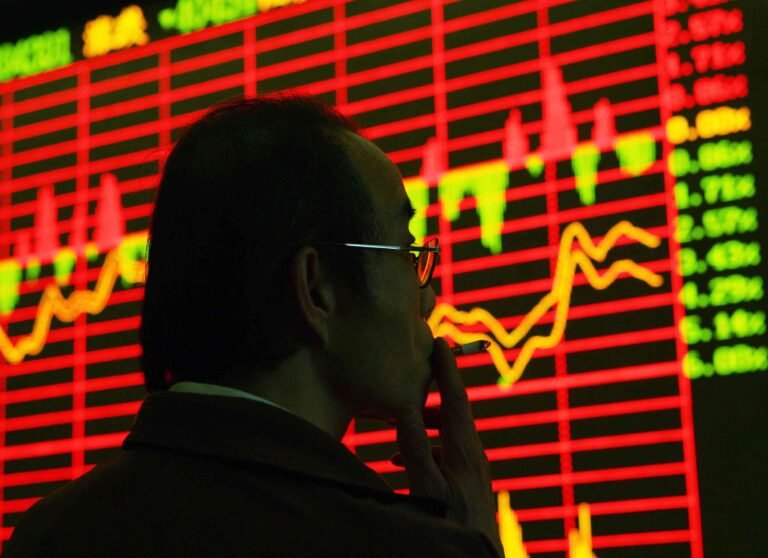Buying and Selling in the Forex Market
Fact checked by Yarilet Perez
Trading in the foreign exchange (forex) markets is, in many ways, similar to trading any other asset class, with one major distinction: Buying and selling in forex always involves two instruments. Understanding the mechanics of buying and selling in forex, including the types of trades permitted and the available instruments, is essential for success.
Key Takeaways
- Forex trading can be performed in nearly all currencies, but a few currencies, known as the ‘majors,’ are used most frequently.
- Traders can take either side of a trade in the foreign exchange (forex) market.
- Traders profit by betting that a currency’s value will appreciate or depreciate against another currency.
Which Currencies Can You Buy and Sell?
Trading can be done in nearly all currencies, but a select few popular currencies make up the majority of trades. These include the U.S. dollar, the euro, the British pound, the Japanese yen, and the Swiss franc.
All currencies are quoted in currency pairs. A trade in forex has two sides—someone is buying one currency in the pair, while someone else is selling the other. The major pairs in currency trading are EUR/USD, USD/JPY, GBP/USD, and USD/CHF.
The U.S. dollar can also be paired with the Canadian dollar, the Australian dollar, or the New Zealand dollar, as part of commodity pairs, meaning pairings of currencies in economies that are particularly sensitive to changes in commodity prices.
Not all pairs are available at most forex brokers, but many individual currencies trade against the U.S. dollar. For example, the U.S. dollar can be traded with the Mexican peso or the Thai baht. However, direct trades between the peso and the baht are far less common. An exotic currency, such as the Thai baht, typically only trades against the U.S. dollar at most forex brokers.
Can You Bet on the Downside in Forex?
In the forex market, you can take either side of a trade. A U.S. trader with a USD account can bet both on the dollar or against it. Much like short selling stocks, foreign currency can be borrowed, and the money used to buy U.S. dollars. If the foreign currency declines, the U.S. trader can pay back the loan with fewer U.S. dollars and make a profit.
It is also possible to borrow one foreign currency and buy another foreign currency. For example, a U.S. trader can borrow Japanese yen and use the funds to buy Australian dollars. While this may sound complicated, actual trading of a currency pair works similarly to buying and selling any other investment.
How to Make a Profit in Forex
Forex traders bet that one currency’s value will appreciate or depreciate against another currency. For example, assume that you purchase U.S. dollars and sell euros. In this case, you are betting that the value of the dollar will increase against the euro.
If your bet is correct and the value of the dollar increases, you will make a profit. Trading forex is all about making money on winning bets and cutting losses when the market goes the other way. Profits (and losses) can be increased by using leverage in the forex market.
To make money in the forex market, you have to make the most of your winning bets and cut losses quickly if the market goes the other way. Profits (and losses) can be increased by using leverage in the forex market.
Important
New forex traders should be careful with leverage until they learn how to profit consistently.
How Much Buying and Selling Is There in the Forex Market?
The forex market is the largest and most liquid investment market in the world. The liquidity benefits frequent traders by reducing transaction costs, offering tighter spreads, reducing slippage, and allowing for easy entries and exits regardless of trade size. All forex trading occurs over-the-counter, allowing trades to be made 24 hours a day, 5 days a week.
How Much Volume Is in the Forex Market?
The U.S. dollar is by far the most heavily traded currency. It is paired with all the other major currencies and is widely regarded as the global reserve currency, held by most central banks and institutional investment entities around the world. In second place is the euro (EUR), followed by the Japanese yen (JPY).
What Is the Most-Traded Currency Pair?
The euro and the U.S. dollar pair, listed as EUR/USD, is the most heavily traded currency pair in the world. As of May 2025, its share of daily forex trades stood at nearly 30%.
Is Forex the Most Liquid Market?
Yes, forex is the most liquid because exchanges allow trading 24 hours per day on weekdays.
The Bottom Line
Buying and selling currencies share many similarities with trading other asset classes. You can trade with an online broker, bet on both upside and downside price movements, and have many trading instruments to choose from, some of which are far more liquid than others. The forex market also has unparalleled liquidity and is open for trading 24 hours a day, five days a week (from Sunday, 5 p.m. until Friday, 4 p.m. ET), making it the market of choice for many traders.






